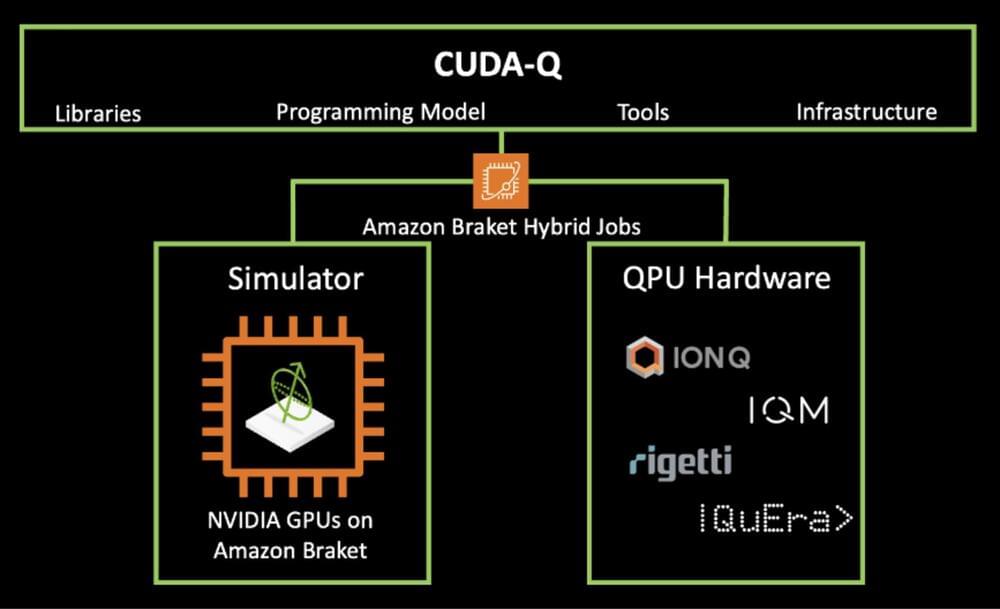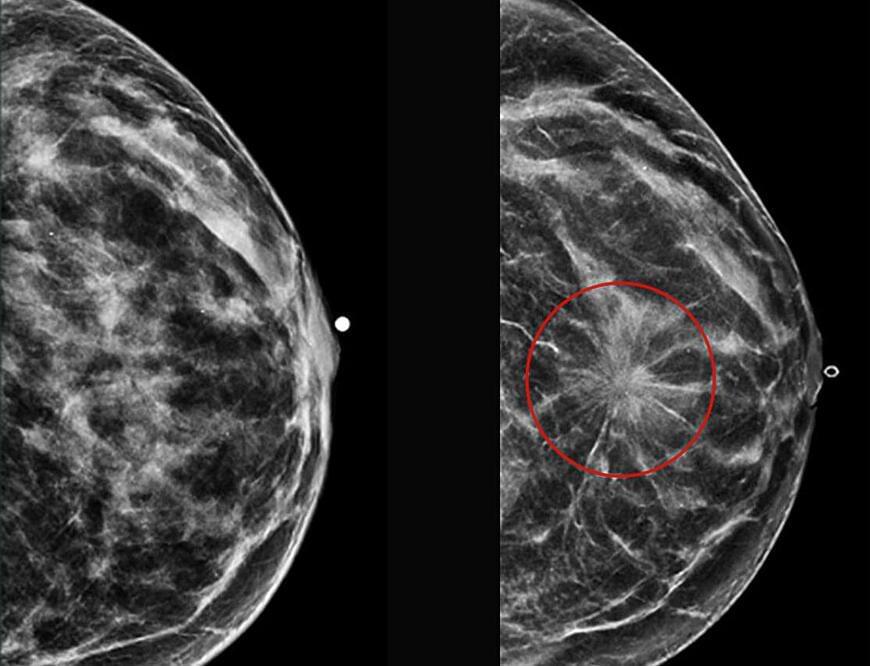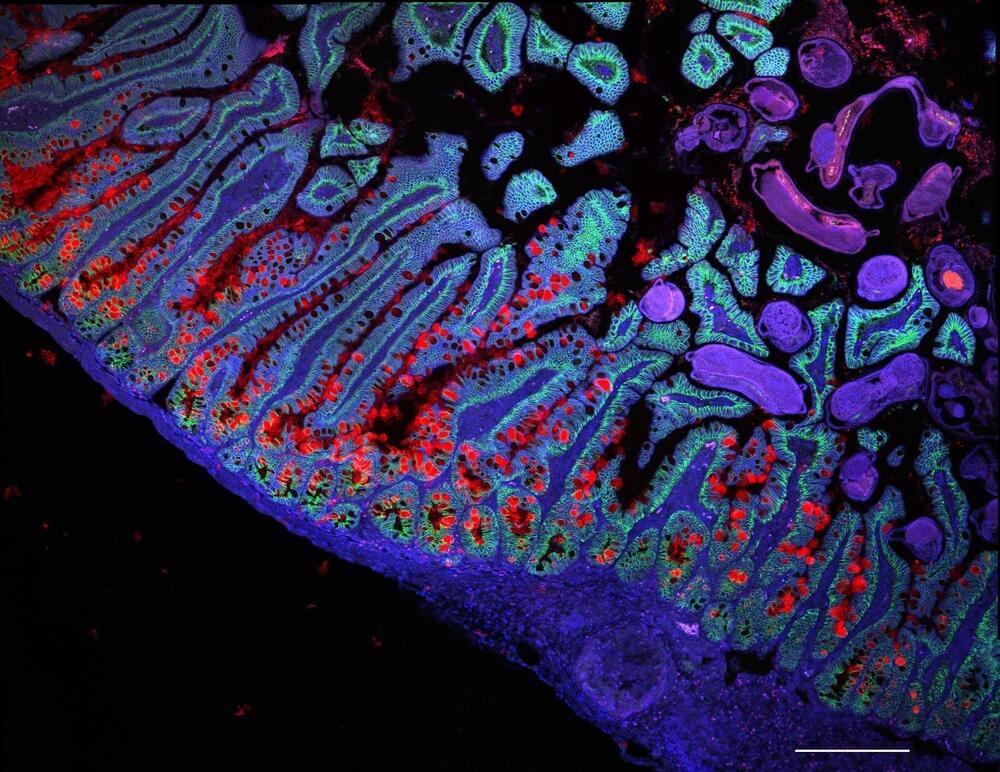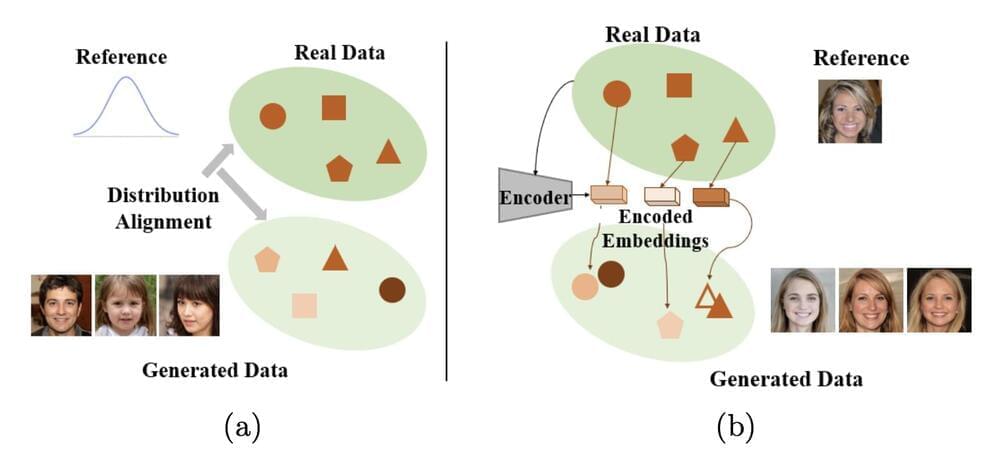AWS and NVIDIA are teaming up to address one of the biggest challenges in quantum computing: integrating classical computing into the quantum stack, according to an AWS Quantum Technologies blog post. This partnership brings NVIDIA’s open-source CUDA-Q quantum development platform to Amazon Braket, enabling researchers to design, simulate and execute hybrid quantum-classical algorithms more efficiently.
Hybrid computing — where classical and quantum systems work together — is actually a facet of all quantum computing applications. Classical computers handle tasks like algorithm testing and error correction, while quantum computers tackle problems beyond classical reach. As quantum processors improve, the demand for classical computing power grows exponentially, especially for tasks like error mitigation and pre-processing.
The collaboration between AWS and NVIDIA is designed to ease this transition by providing researchers with seamless access to NVIDIA’s CUDA-Q platform directly within Amazon Braket. This integration allows users to test their programs using powerful GPUs, then execute the same programs on quantum hardware without extensive modifications.









